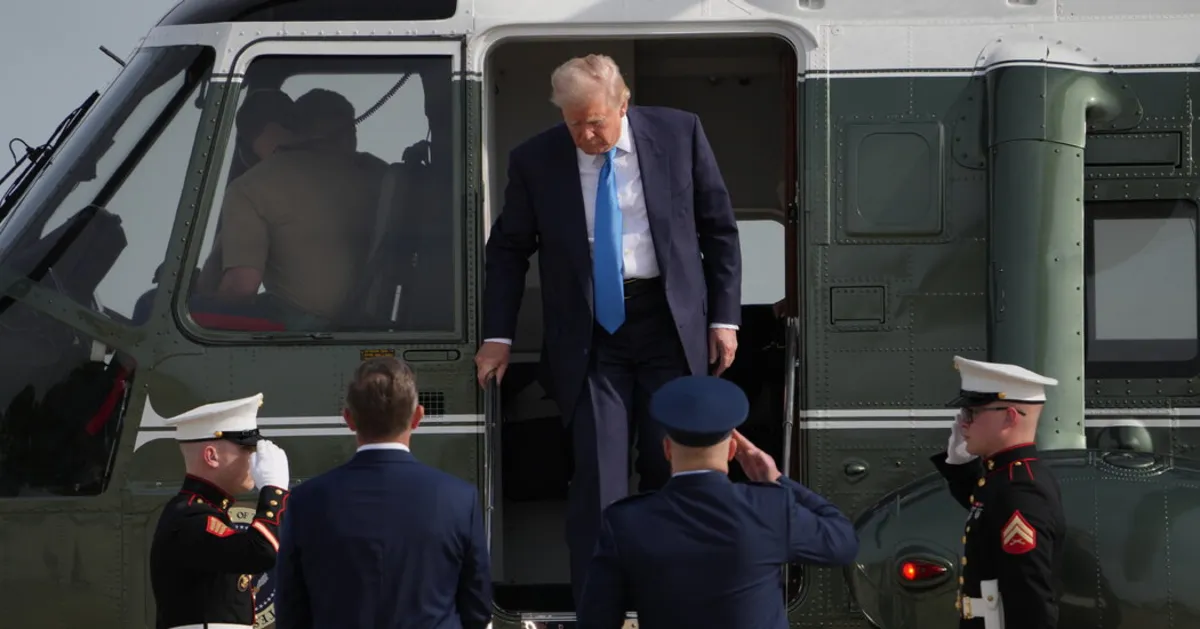
President Trump, whose ongoing trade war with China has significantly rattled financial markets, recently suggested that he has been in communication with Xi Jinping, the President of China. This statement comes amidst claims from Chinese officials that no negotiations are currently taking place. In a recent interview with Time, Trump stated that Xi had called him, asserting that his team was actively engaging in discussions regarding a potential trade deal.
During a press conference outside the White House on Friday morning, Trump reiterated his assertion of having spoken with the Chinese president “numerous times.” However, he declined to clarify whether any conversations took place after he imposed new tariffs earlier this month. These comments seem aimed at creating a perception of progress in the negotiations with China, potentially to calm the anxious financial markets that have experienced declines due to uncertainties surrounding the world’s largest economies not negotiating effectively.
The S&P 500 has fallen by 10 percent since Trump’s inauguration on January 20, reflecting investor concerns about the state of U.S.-China trade relations. Despite Trump’s claims of ongoing talks, Chinese officials have consistently denied any active negotiations. Guo Jiakun, a spokesperson for China’s foreign ministry, stated at a news conference on Friday, “China and the U.S. have not held consultations or negotiations on the issue of tariffs.” He urged the United States not to mislead the public regarding the situation.
On Thursday, He Yadong, from China’s commerce ministry, reinforced this stance, declaring that there were “no economic and trade negotiations” between the two countries. He further emphasized that any claims of progress in U.S.-China economic discussions were “baseless rumors without factual evidence.” This strong denial from Chinese officials highlights the growing divide between the two nations and casts doubt on Trump’s optimistic outlook.
When asked in the Time interview if he would initiate a call with Xi if the Chinese leader did not reach out first, Trump responded negatively. “We’re meeting with China. We’re doing fine with everybody,” he asserted. Additionally, Trump claimed, without providing any supporting evidence, that he had “made 200 deals” and promised to finalize and announce them within the next three to four weeks.
With both governments at a standstill, businesses that depend on sourcing products from China, ranging from hardware stores to toy manufacturers, are facing significant turmoil. The imposition of triple-digit tariff rates has led many companies to halt shipments entirely. Trump's administration has argued that the current trade status quo with China is untenable, prompting a rapid escalation in tariffs on Chinese goods—from 54 percent on April 2 to an astonishing 145 percent just one week later.
In response to these actions, the Chinese government has characterized Trump’s tariffs as unfair and has taken reciprocal steps, raising tariffs on American goods to 125 percent. This tit-for-tat escalation highlights the complex and adversarial nature of the ongoing trade conflict between the United States and China, leaving many businesses and consumers uncertain about the future of international trade.